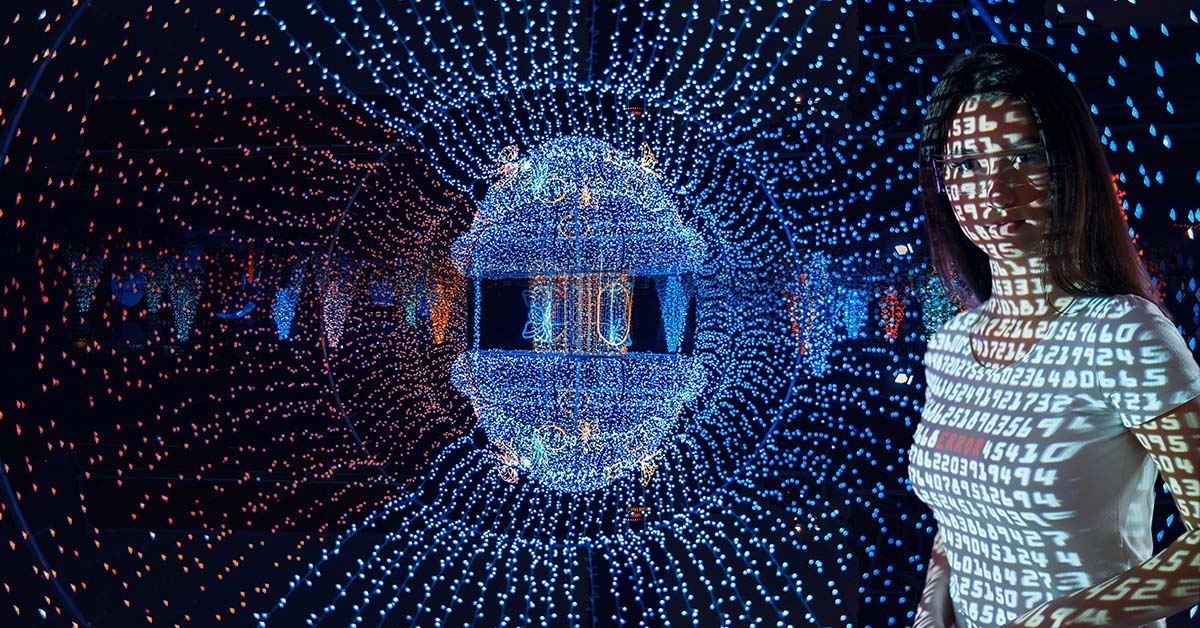A Look at How YouTube’s Algorithm Has Evolved Over the Years and Its Impact on Content Discovery
History of the YouTube Algorithm
A Look at How YouTube’s Algorithm Has Evolved Over the Years and Its Impact on Content Discovery
YouTube, which started as a platform for users to upload and share videos, has transformed into one of the most sophisticated content recommendation systems in the world. The backbone of this system is its ever-evolving algorithm, responsible for how videos are discovered and consumed by billions of viewers. As the platform grew, so did its algorithm, adapting to user needs, content quality, and advertiser demands. In this article, we’ll dive into the history of YouTube’s algorithm, from its early days to its current state, and explore how each phase has influenced content discovery.
The YouTube algorithm is a key player in determining what content gets surfaced to users. From the homepage to the suggested videos sidebar, the algorithm dictates what you see, when you see it, and how often it appears. For content creators, understanding the algorithm has become essential for visibility and growth. This blog will take you on a journey through YouTube’s algorithm history, showing how it has shaped content creation and viewership.
The Early Years: Chronological Sorting (2005-2011)
When YouTube launched in 2005, the algorithm was relatively simple. The platform primarily ranked videos based on a chronological system, meaning that the most recently uploaded content appeared first. View counts were a key metric, and videos with the most views were often featured on the homepage and in “Most Viewed” sections.
In this early stage, content discovery was largely based on video metadata—titles, descriptions, and tags. Creators focused on keyword stuffing to maximize their chances of being discovered, knowing that the search engine relied heavily on these data points to rank videos.
Pros of the Early Algorithm:
- Easy for creators to predict.
- Rewarded creators who uploaded frequently.
Cons of the Early Algorithm:
- Manipulable through misleading titles and tags (early forms of clickbait).
- View counts didn’t necessarily correlate with content quality.
The Rise of Watch Time (2012-2015)
In 2012, YouTube implemented a major shift in its algorithm, transitioning from a focus on view counts to prioritizing “watch time.” This was a transformative moment for the platform. YouTube realized that higher view counts didn’t always indicate user satisfaction, as many users would click away from a video shortly after it started.
To encourage longer engagement, YouTube’s algorithm began to prioritize videos that kept users watching for extended periods. “Watch time” became the new gold standard for content discovery, rewarding creators who produced videos that kept viewers hooked.
Key Effects:
- Longer videos became more prevalent as creators aimed to boost watch time.
- Higher retention rates were prioritized over sheer numbers of views.
- A shift from short viral clips to more substantial, often serialized content.
Creators adjusted their strategies to fit the new paradigm. Tutorials, vlogs, and episodic content gained traction, and videos were often extended to maximize retention and watch time.
Clickbait and the Push for Quality (2016-2017)
As creators adapted to the “watch time” algorithm, many started resorting to clickbait tactics—flashy thumbnails and misleading titles designed to entice viewers to click. Although YouTube had previously focused on user engagement through watch time, they soon realized that low-quality, misleading content was being pushed to the forefront.
In response, YouTube adjusted its algorithm again. By 2016, they began to penalize clickbait and low-quality content, focusing on “quality signals” such as likes, comments, and audience retention. They aimed to promote content that led to viewer satisfaction rather than simply maximizing watch time.
YouTube’s focus shifted toward:
- Audience retention rates.
- Like-to-dislike ratios.
- Comments and shares, which signaled genuine engagement.
This algorithm update helped push higher-quality content to the top, as creators who offered value beyond flashy thumbnails and attention-grabbing titles were rewarded. It also ushered in an era where clickbait gradually lost its power, and creators were encouraged to focus on long-term audience trust.
The Shift to Viewer Satisfaction (2018-Present)
In 2018, YouTube made yet another pivotal change, steering toward a more nuanced understanding of viewer satisfaction. The platform introduced surveys asking users if they were satisfied with the videos they watched. Viewer satisfaction became a central component of the algorithm, moving beyond engagement metrics like watch time and clicks.
YouTube’s goal was to prioritize not only what kept people watching but what they enjoyed watching. The introduction of more sophisticated signals, such as personalized recommendations based on user history, and a closer look at viewer feedback, helped fine-tune content suggestions.
In this period, the algorithm also incorporated:
- Behavioral data such as user preferences, likes, and subscriptions.
- Recommendations tailored to individual viewing habits.
- Demotion of harmful or misleading content based on user reports and feedback.
This resulted in a more personalized experience for users, as YouTube started understanding their interests better and providing content recommendations that kept them on the platform longer.
Algorithm Updates and Policy Changes
YouTube’s algorithm doesn’t evolve in isolation. It’s also influenced by broader policy changes, particularly around content moderation and safety. In recent years, YouTube has made it clear that harmful or misleading content will not be tolerated, leading to several policy updates affecting the algorithm.
YouTube rolled out changes to demote or remove videos related to:
- Misinformation or conspiracy theories.
- Hate speech and extremism.
- Dangerous challenges and harmful pranks.
This has led to a safer environment but also caused tension within the creator community, as some content gets demonetized or restricted without clear explanations.
Impact on Content Creators
For content creators, each change in the YouTube algorithm presents both challenges and opportunities. Early adopters of the platform’s shifts, like those who adjusted to watch time and viewer satisfaction metrics, tend to find success. However, it can also be frustrating for creators who rely on consistent traffic and revenue only to see their views drop when the algorithm changes.
Key strategies for creators to succeed despite algorithm changes include:
- Staying informed about algorithm updates and community guidelines.
- Focusing on genuine audience engagement and viewer satisfaction.
- Diversifying content to avoid over-reliance on any one type of video or trend.
Algorithm updates have also democratized content discovery, making it possible for small creators to reach larger audiences if they consistently produce high-quality, engaging videos.
How the Algorithm Affects Viewers
For viewers, the YouTube algorithm is a double-edged sword. On one hand, it offers highly personalized content recommendations that make discovering new videos easier and more enjoyable. On the other hand, it can create “echo chambers” where viewers are only exposed to content that reinforces their existing preferences and biases.
To combat this, YouTube has introduced measures to ensure that users are exposed to diverse content. While the algorithm aims to keep users engaged, YouTube also encourages exploring new creators and topics through features like “Trending” and “Explore.”
The Future of YouTube’s Algorithm
Looking ahead, the YouTube algorithm will continue to evolve in response to both creator behavior and viewer needs. Advances in machine learning and AI will likely make the algorithm even more sophisticated, predicting not just what viewers want to watch but what will keep them engaged over longer periods.
Additionally, YouTube is likely to continue prioritizing user safety and satisfaction, with stricter enforcement of content policies and more refined personalization. This means that creators will need to stay adaptive, focusing on quality and audience engagement above all else.
The history of YouTube’s algorithm is a fascinating story of evolution and adaptation, both for the platform itself and for its creators. From simple chronological sorting to today’s complex, personalized recommendations, the algorithm has profoundly influenced how we discover content and how creators strategize their growth.
For creators, staying patient, adaptable, and focused on quality content is key. As YouTube’s algorithm continues to evolve, so too must the strategies for success on the platform. Check out some of our past blogs for more detailed insights on making sure you avoid common mistakes and stay ahead of these changes!







 Edit Your Footage
Edit Your Footage